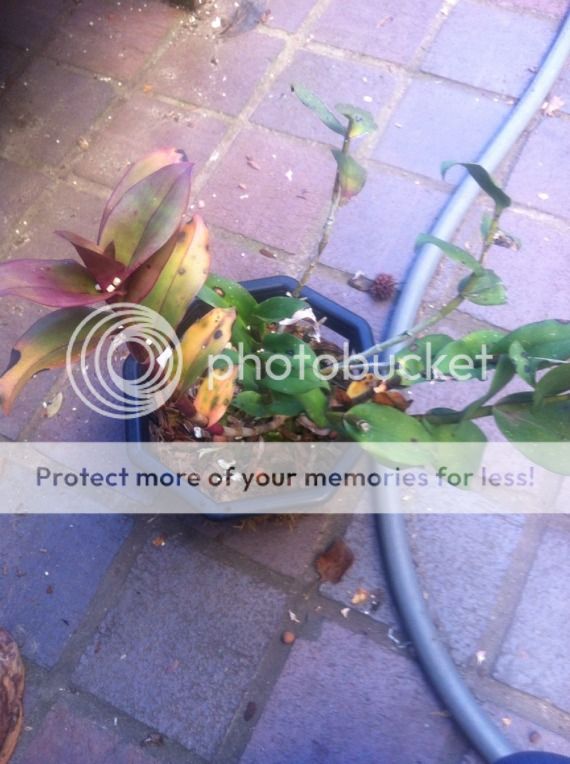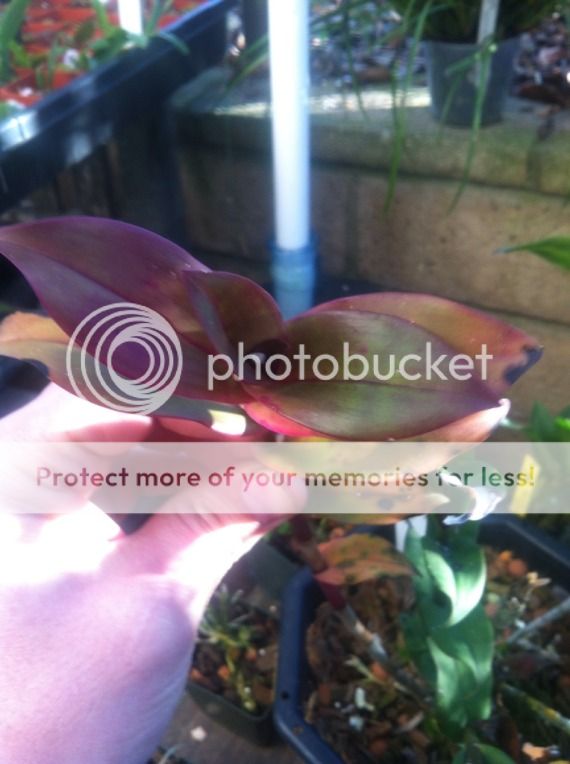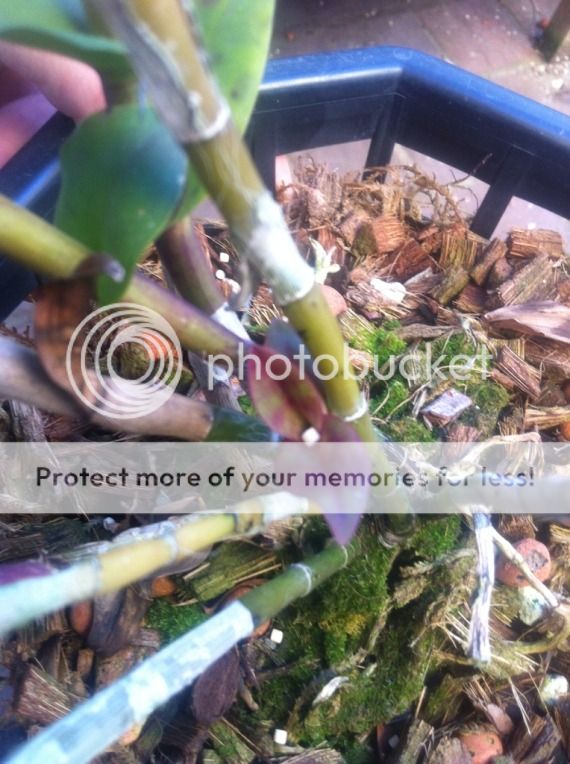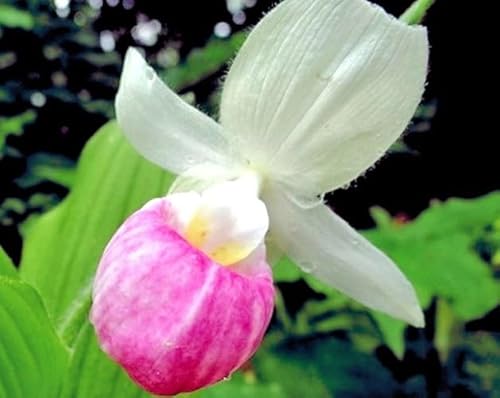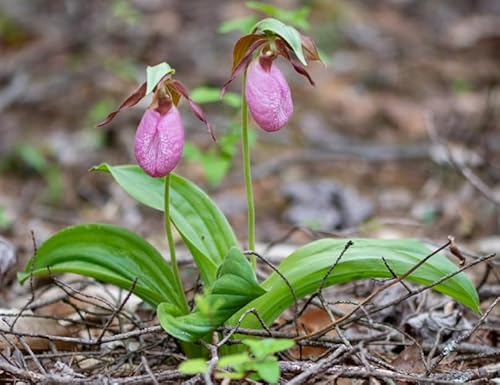Rick
Well-Known Member
As I wrote before, but noone can hear me, it is typical P deficiancy syndrome.
It is I think because of K lite, it contains very few P, but faster plants need more P. P is a reuptekable nutritient, older leaves turn red, later yellow ands fall down. I advise too, that K-lite formula must be modified increasing P to N/P 13/6 instead of 13/3.
http://www.slippertalk.com/forum/showthread.php?t=28950
So how come this other plant of Keithrs is not deficient?




